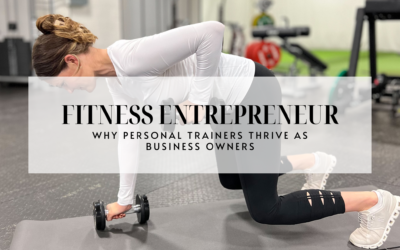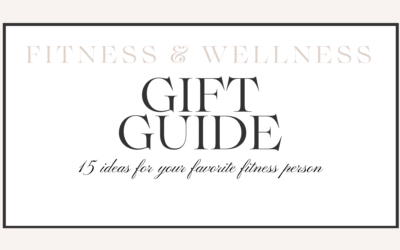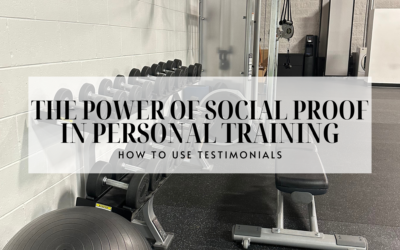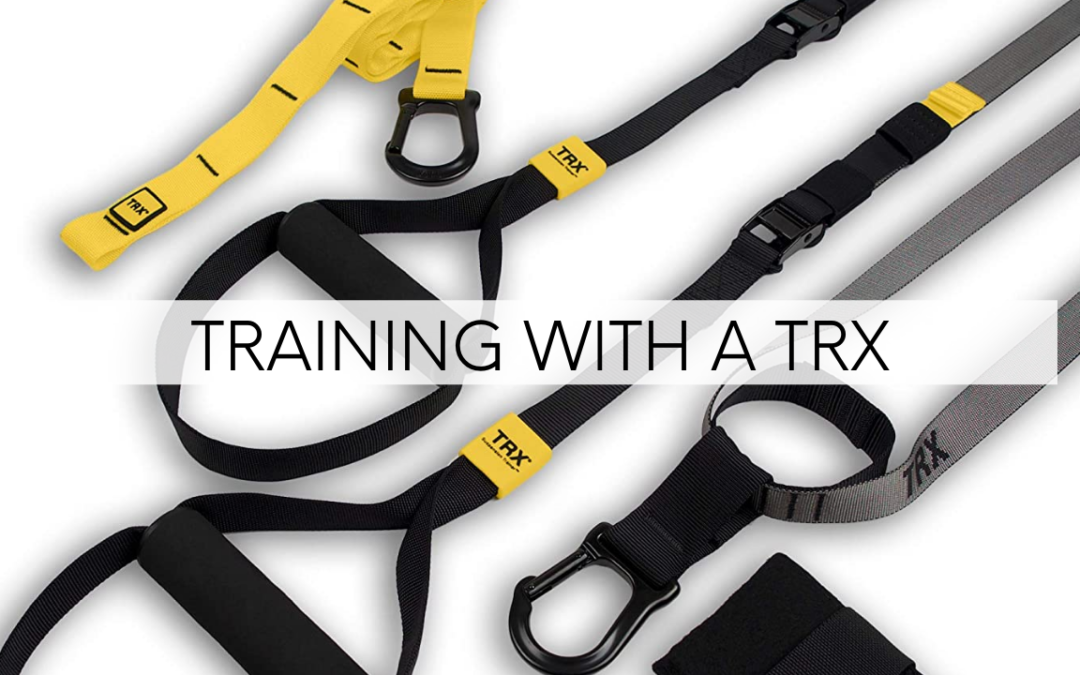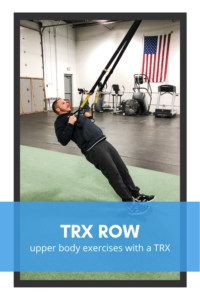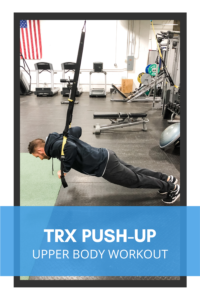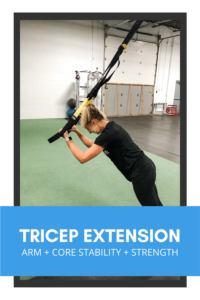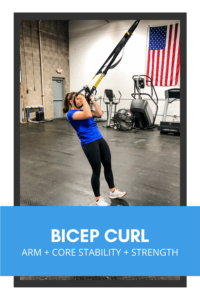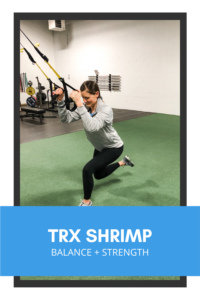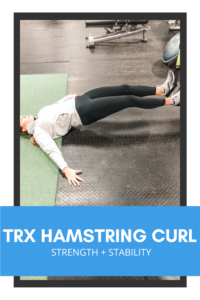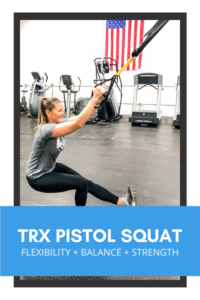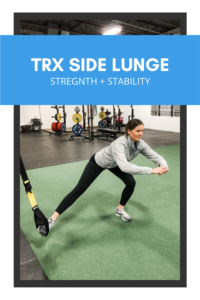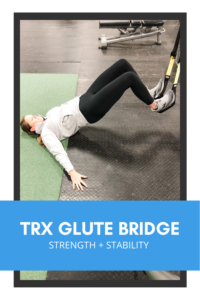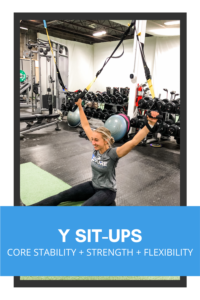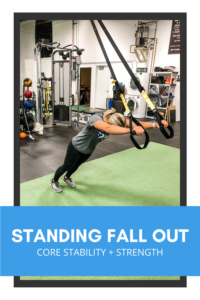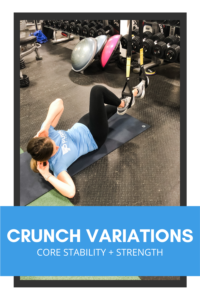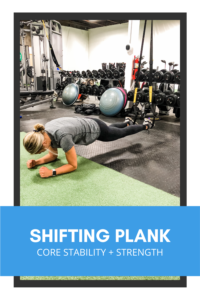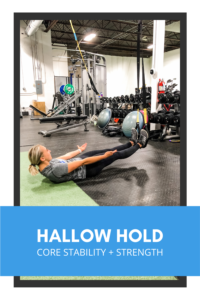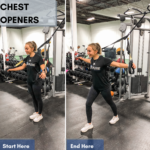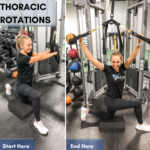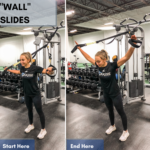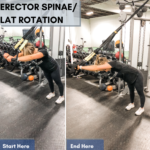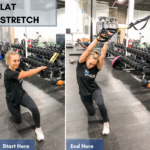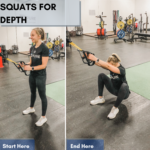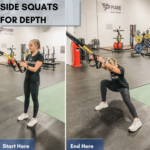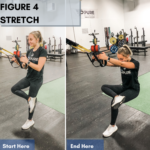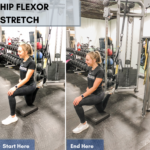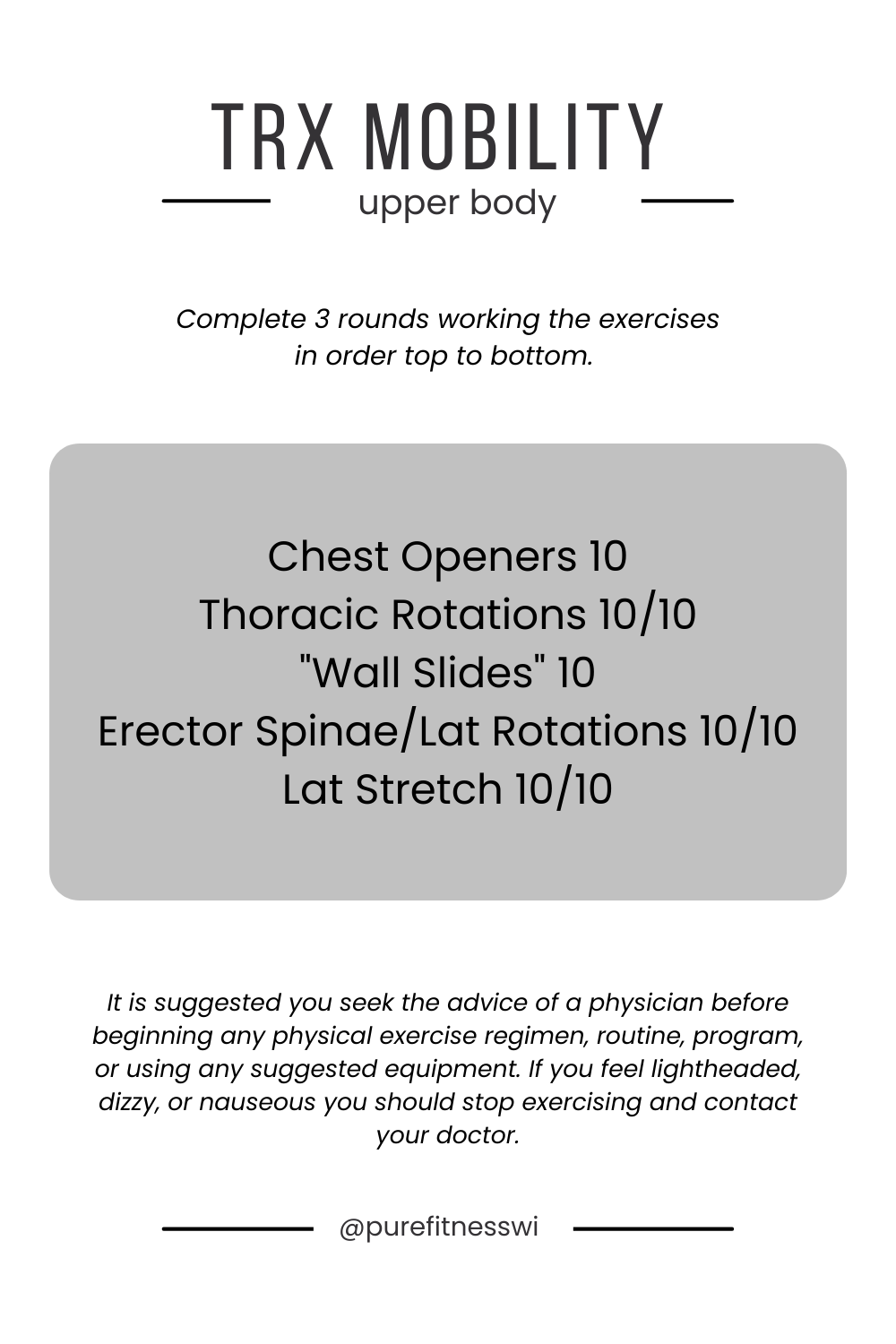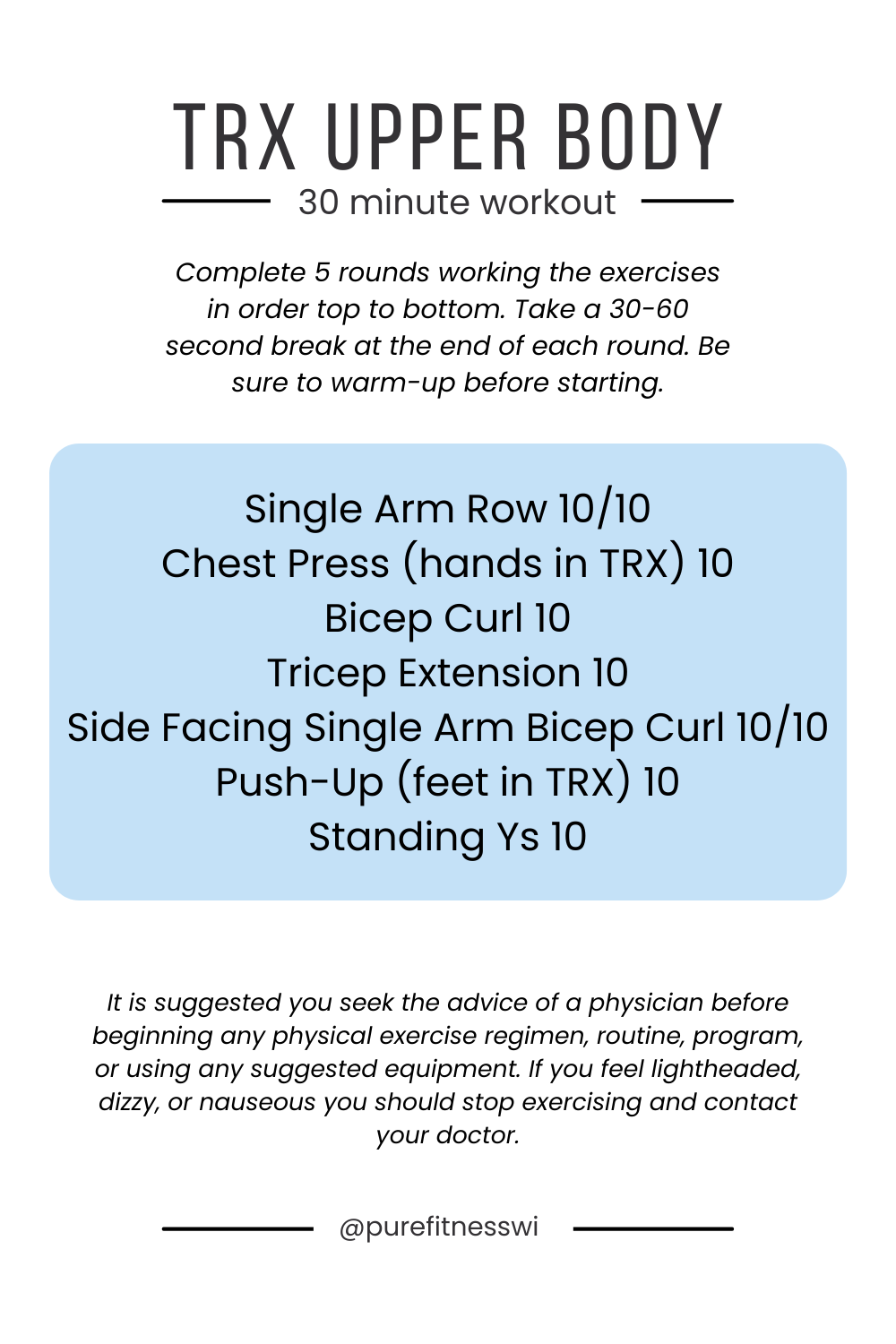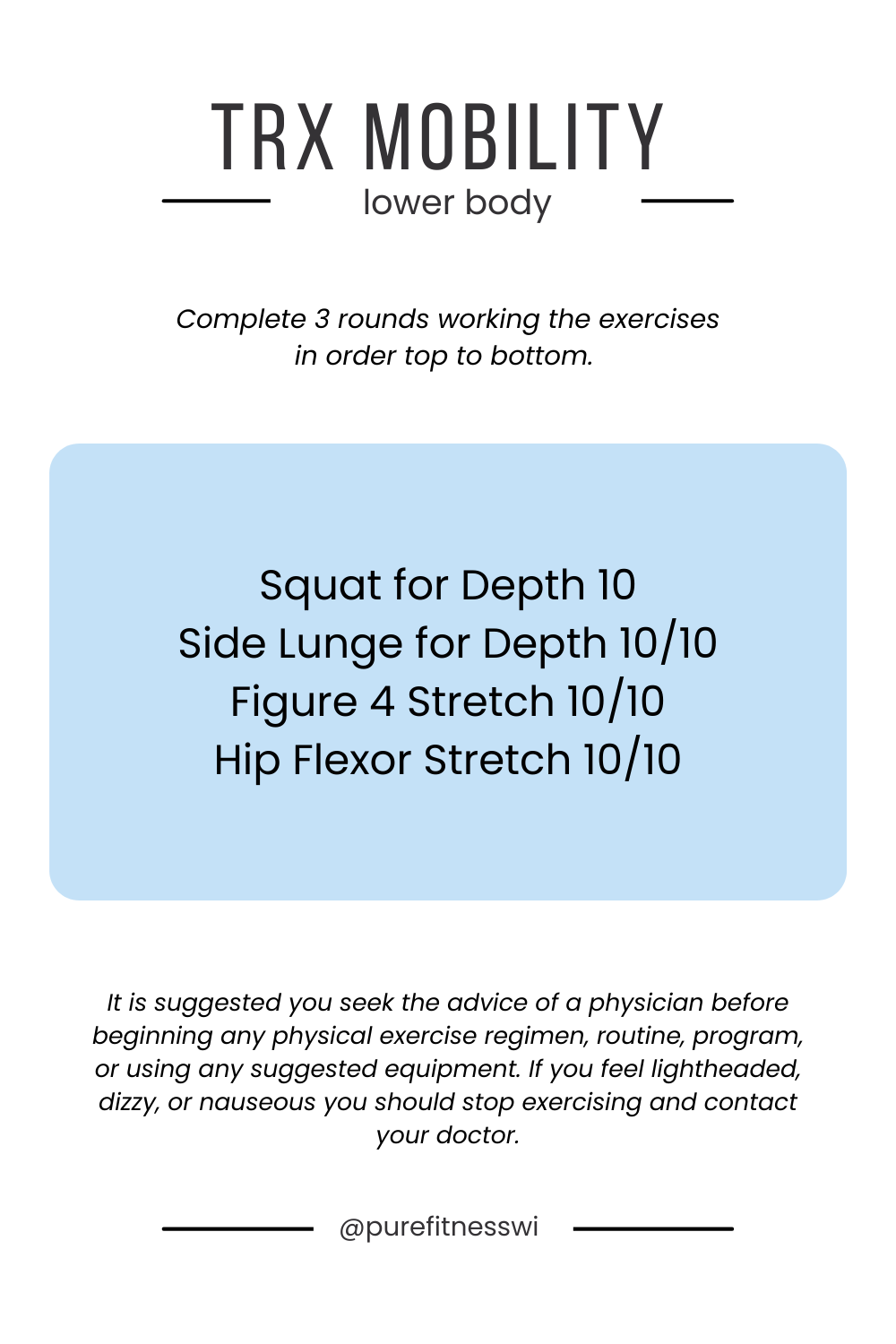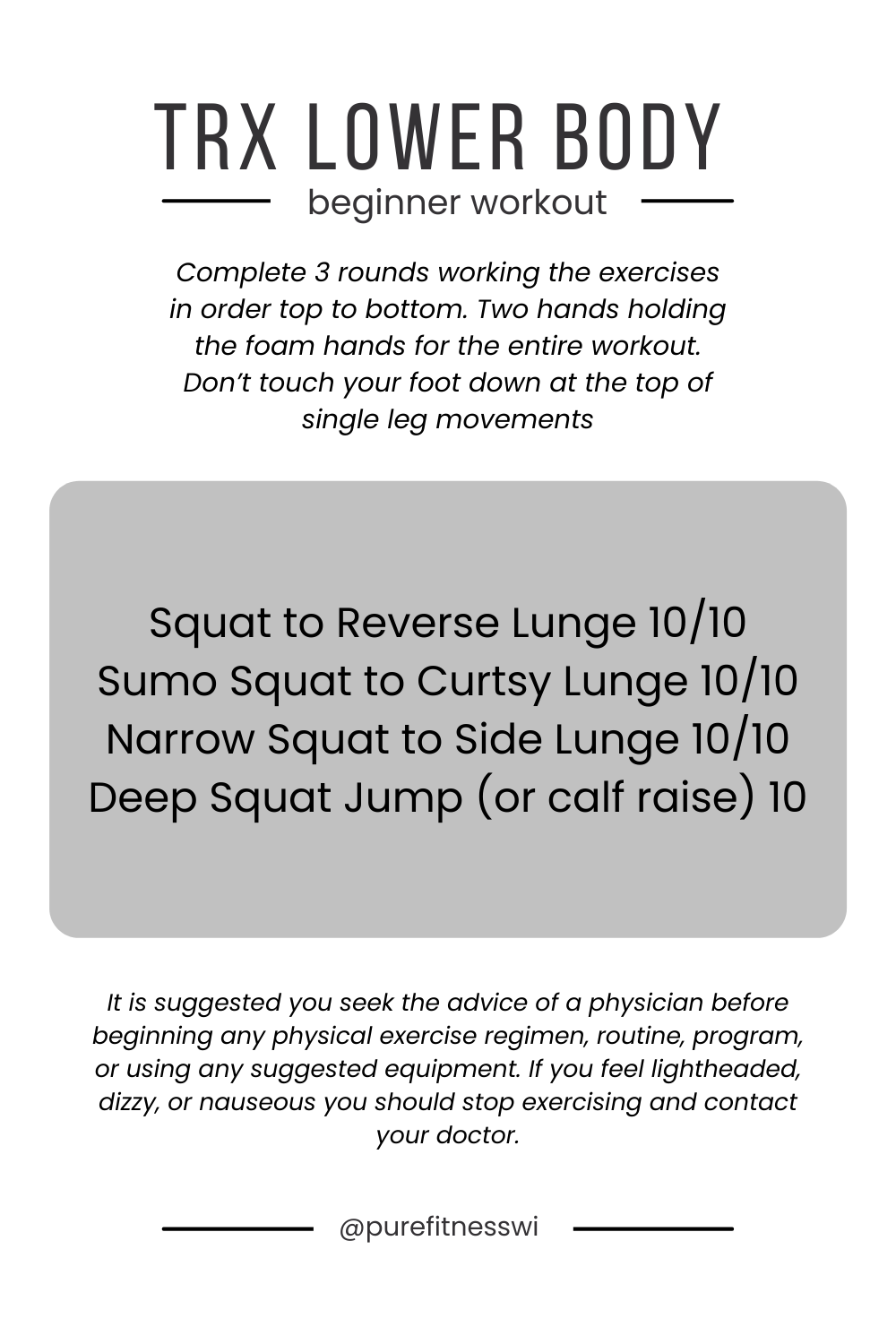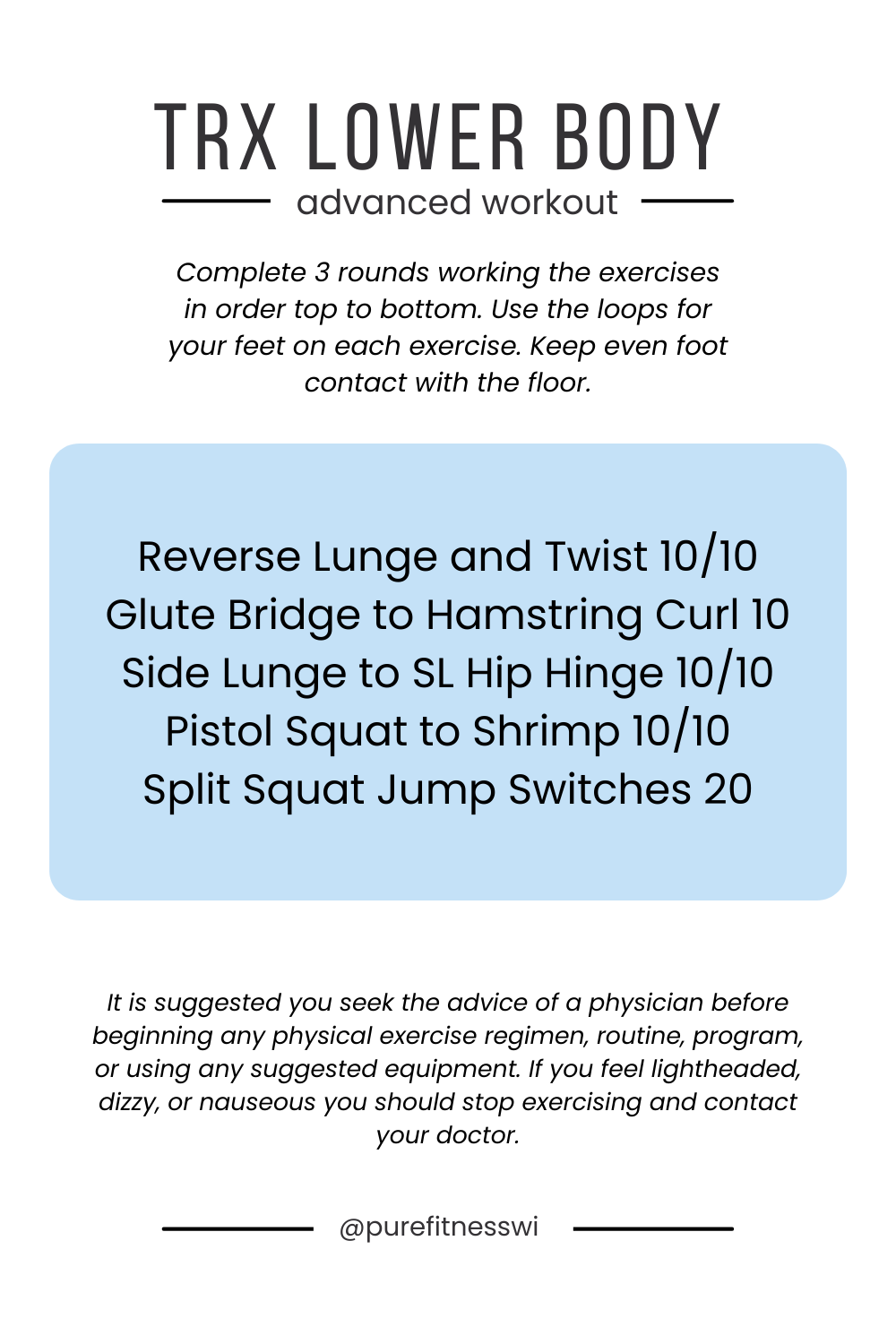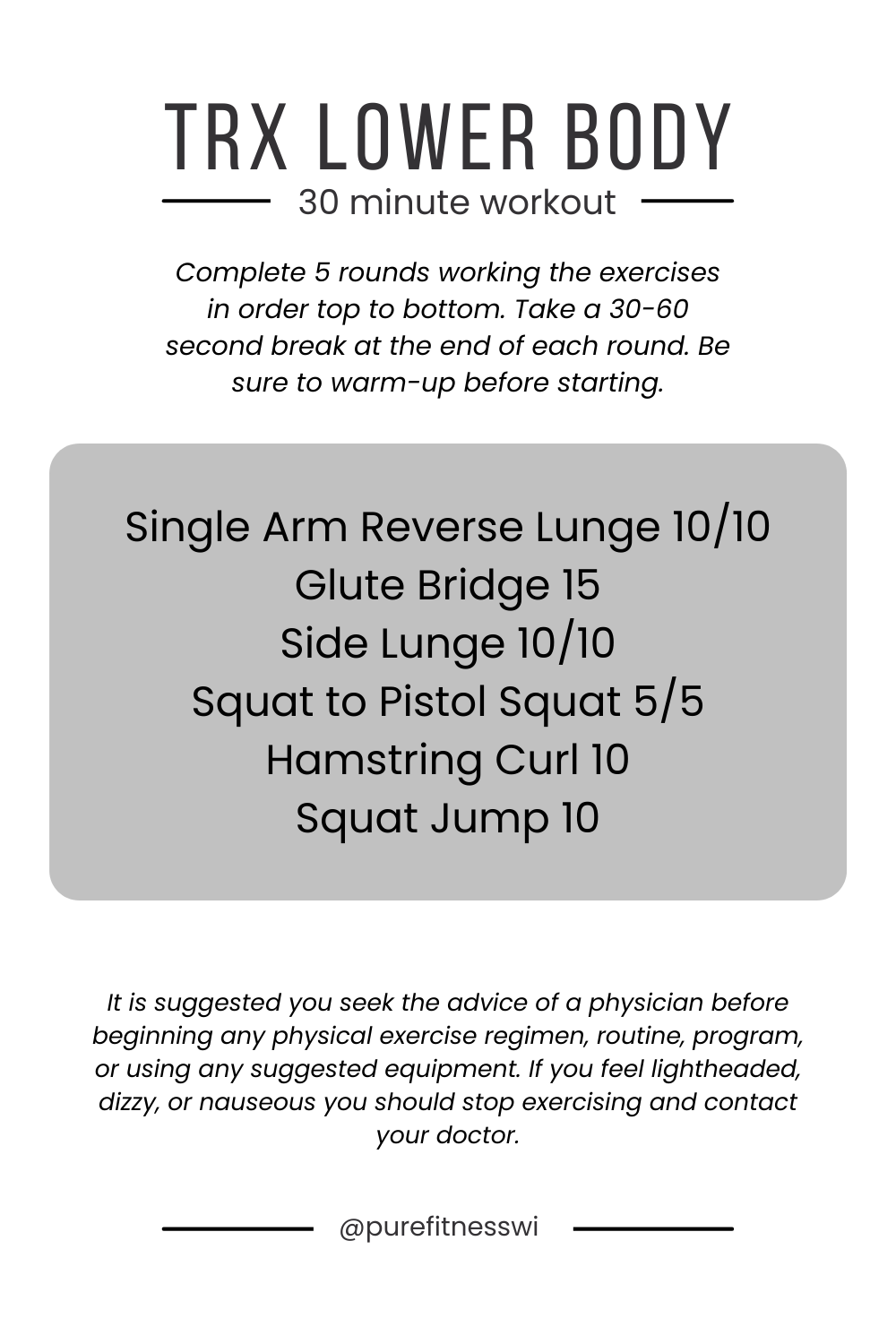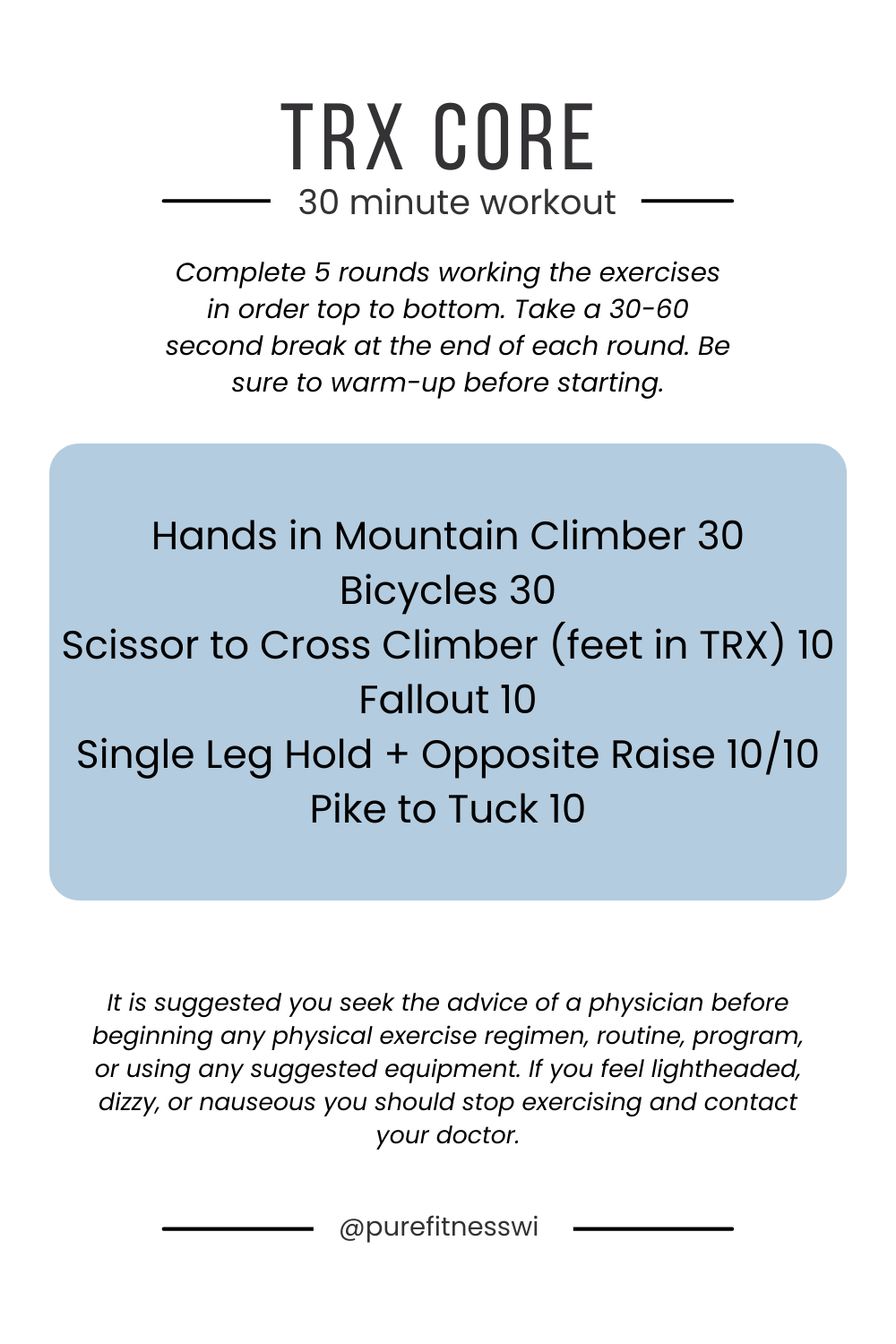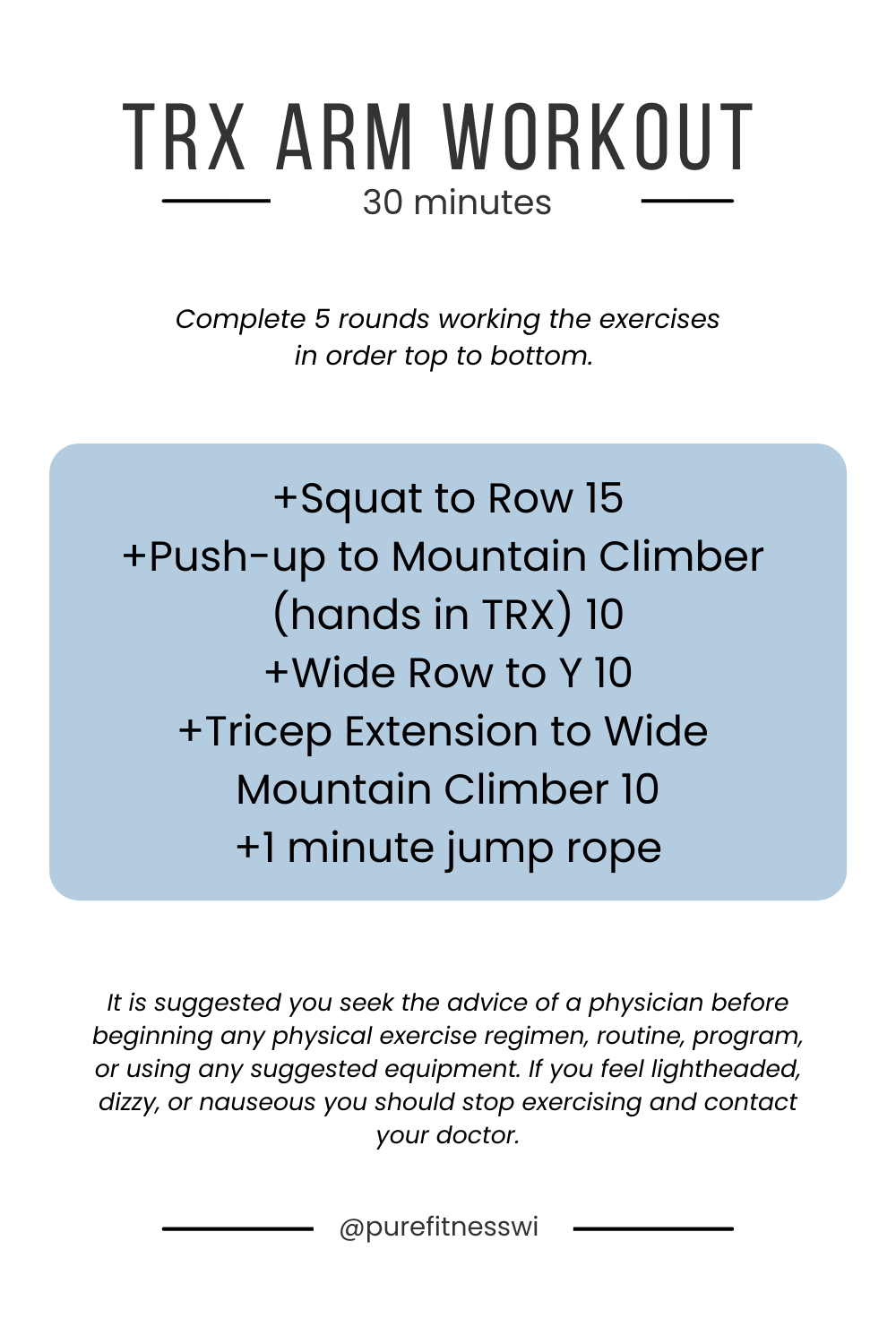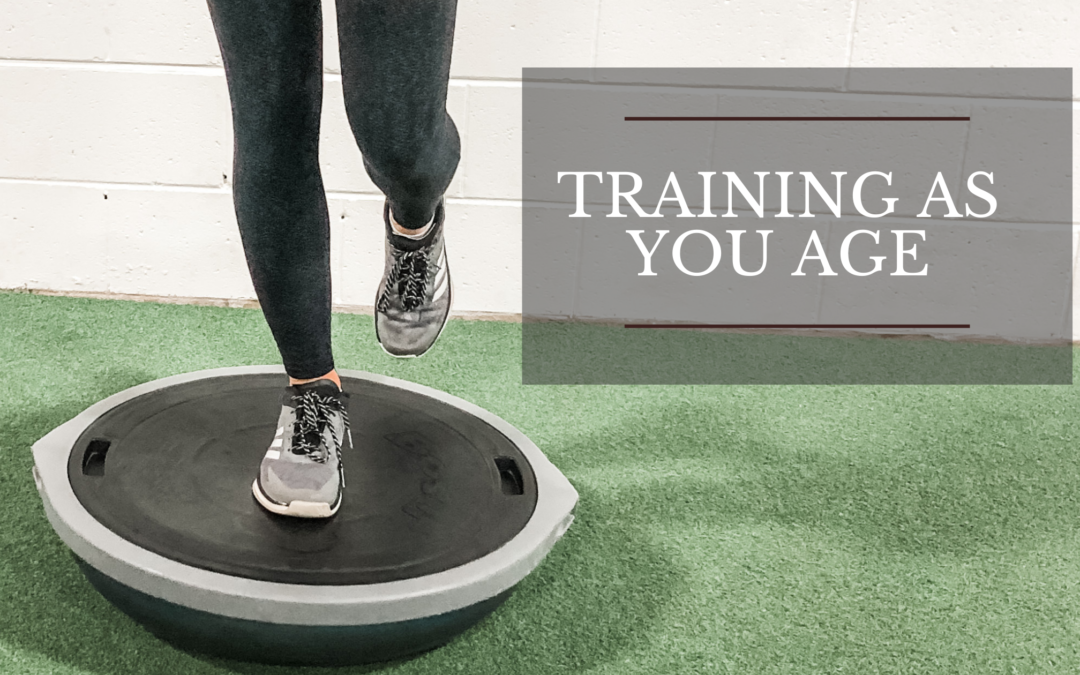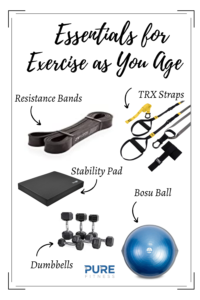As the heartbeat of the fitness world, personal trainers hold a unique power - the power to transform lives, ignite passion, and inspire lasting change. Now, imagine channeling that incredible force into something even more extraordinary - your own fitness business....
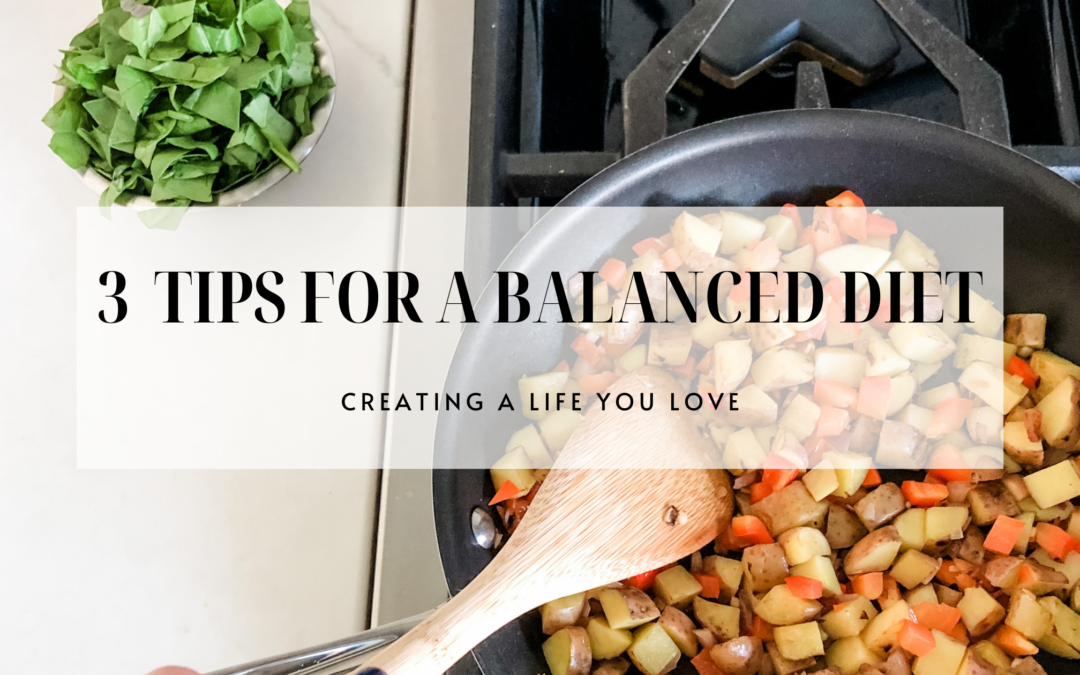
3 TIPS FOR A BALANCED DIET
Hey there! We are here to talk about a balanced diet. Specifically, how can you achieve and maintain a balanced diet. If you have looked around the inter webs before you know there are a lot of recommendations like “eat a colorful plate”, “drink a glass of water before every meal”, “eat half your weight in grams of protein per day” and more. While those may be helpful, I don’t think they actually get you to a balanced diet.
Because a balanced diet is part of a much larger picture than just what is on your plate or going into your body.
3 TIPS FOR A BALANCED DIET
- Understand what impacts a balanced diet.
- Create a foundation on which a balanced diet can thrive.
- Seek help from a qualified professional when appropriate.
TIP 1 – UNDERSTANDING WHAT A BALANCED DIET IS
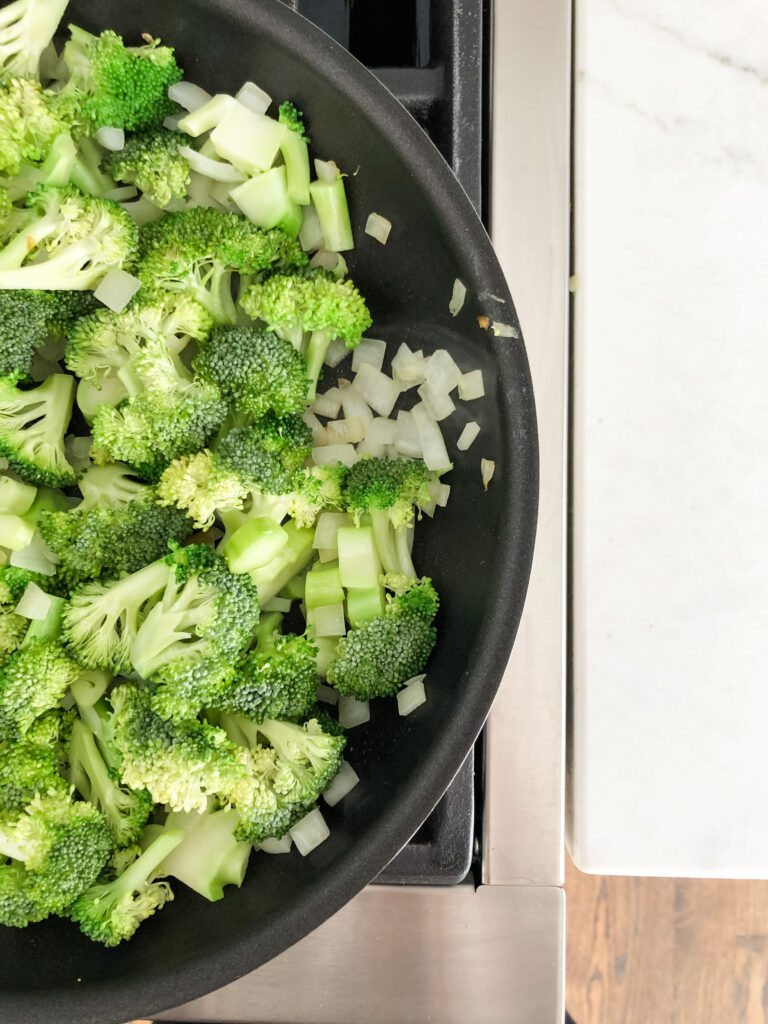 Our diet, or nutrition, is part of our lifestyle. It is a reflection of who we are and what we like to do. And it should be. My point is that changing eating habits to have a more balanced diet might not be as simple as “eating a colorful plate” because our lifestyle is made up of things like a career, our family/friends and our hobbies. And those things create our environment. They can be stressful or up-lifting, they can provide support or conflict, and they will impact your diet.
Our diet, or nutrition, is part of our lifestyle. It is a reflection of who we are and what we like to do. And it should be. My point is that changing eating habits to have a more balanced diet might not be as simple as “eating a colorful plate” because our lifestyle is made up of things like a career, our family/friends and our hobbies. And those things create our environment. They can be stressful or up-lifting, they can provide support or conflict, and they will impact your diet.
Here is a little story for you. I have been married for 3 going on 4 years. If you asked my husband when we got married if he would ever eat a primarily plant based diet he would have laughed in your face. There is no way. He was a meat and potato kind of a guy. But fast forward to today and he sat with me last night eating a vegan noodle dish telling me how good the vegetables tasted.
All of this is to say, that I didn’t set out to change his habits and he didn’t set out to change his own. When we married our environment changed. I love to cook, he doesn’t. I cook what I want because he doesn’t find menu planning fun. I don’t care for meat and never really have. So I don’t choose it. If he was left to his own devices he would have a frozen pizza a day. But since our environment is us together, trying to eat meals as a family, a heavily plant based diet is his reality.
I am in no way telling you to eat a plant based diet, but rather show you that your environment will impact your dietary choices and more. Factors like environment, past experiences, psychology, sleep, exercise, stress, emotions and more are interwind. Acknowledging the big picture will make balance more attainable.
You can read more about the relationship between fitness and weight loss in this article. There is a great pie chart that gives you perspective on exactly what you should consider when trying to lose or manage weight.
TIP 2 – CREATE A FOUNDATION
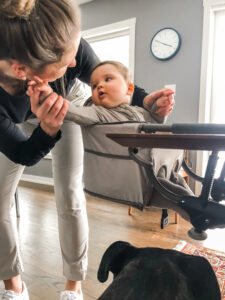 You might read this heading and think I’m going to list all the basic nutrition principals to follow. Like a verbal food pyramid. While that is important to a balanced diet, I am talking about something else. A support structure that you helps you build strong habits.
You might read this heading and think I’m going to list all the basic nutrition principals to follow. Like a verbal food pyramid. While that is important to a balanced diet, I am talking about something else. A support structure that you helps you build strong habits.
When I think of the support structure that has allowed me to be successful personally and professionally I think of my family + my husband, the copping strategies + skills I posses and perhaps the most important the foundation of my belief.
I have called my parents, friends and family many times with my next crazy idea. Here is a look at a couple of the conversations.
Me: I’m going to run 5 marathons in 5 days for charity. | Mom: That sounds hard, have you ever ran a marathon before? | Me: No. | Mom: Well you have the education to get yourself there and the stubbornness not to quit. Good luck!
Me: I’m going to do an IronMan. | Husband: Oh boy, have you ever swam in open water? | No. But you have, so you can teach me. | Husband: Have you ever been clipped in on a road bike before? | Me: No. But you have, so you can teach me. | Husband: Ok, but I’m not doing an IronMan.
Who you surround yourself with and who you interact with on a daily basis has a huge impact on your ability to create habits, achieve success and live a healthy lifestyle. If you are struggling to eat a balanced diet lean on your support group. They can help to reinforce good habits that will help you meet your goals.
TIP 3 – SEEK HELP
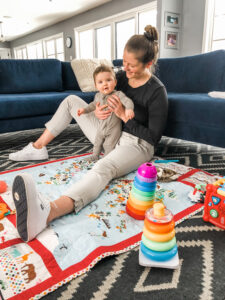 And if you feel lost or uncertain seek professional help. Not from a personal trainer (like me), but from a certified professional with training in what you need help with. There are nutritionist and dietitians that specialize in various areas like sports nutrition, extreme weight loss, metabolic issues and more. There are also mental health professionals that can help with your food relationship.
And if you feel lost or uncertain seek professional help. Not from a personal trainer (like me), but from a certified professional with training in what you need help with. There are nutritionist and dietitians that specialize in various areas like sports nutrition, extreme weight loss, metabolic issues and more. There are also mental health professionals that can help with your food relationship.
Annie interviewed a dietician for her perspective on where to start when trying to improves one’s diet. Read that article here. There might be an action point you can start implementing.
I encourage you to be wary of the “next best thing” being advertised. There is no one size fits all for everyone. But most of all I encourage you to find comfort with yourself and your life.
I really try to eat a balanced diet every day – whole grains, tons of veggies, good fats, fruits and protein. I am lucky I love vegetables making them easy to eat. I am not perfect. I could put away a frozen pizza in the blink of an eye and follow that up with an entire bag of tortilla chips and a jar of salsa. So I like to keep a library full of easy recipes that I can rely on for meals.
Here are my recipes (from left to right): Spicy Noodles, Mediterranean Rice Bowl, Potato Sauté, Ramen with Bok Choy, Sun Dried Tomato Pesto Pasta, Tomato Soup + Grilled Cheese.
I promise to get a recipe up for each of these soon, but follow us on Instagram for weekly recipes! Check our recipe highlight for some inspiration.
3 Reasons a Personal Trainer Thrives as Fitness Entrepreneur
Fit Finds: The Ultimate 2023 Fitness Gift Guide
Welcome to the world of fitness and wellness gifting! As we gear up for 2023, it's time to start setting goals and looking for resources to help us succeed. Whether you're a fitness fanatic or seeking the perfect gift for one, our Ultimate 2023 Fitness Gift Guide is...
The Power of Social Proof In Personal Training
In the world of personal training, where trust and credibility play pivotal roles, the concept of social proof functions as an authentic way to connect with your audience. Social proof, the influence created when individuals see others engaging in a particular...









